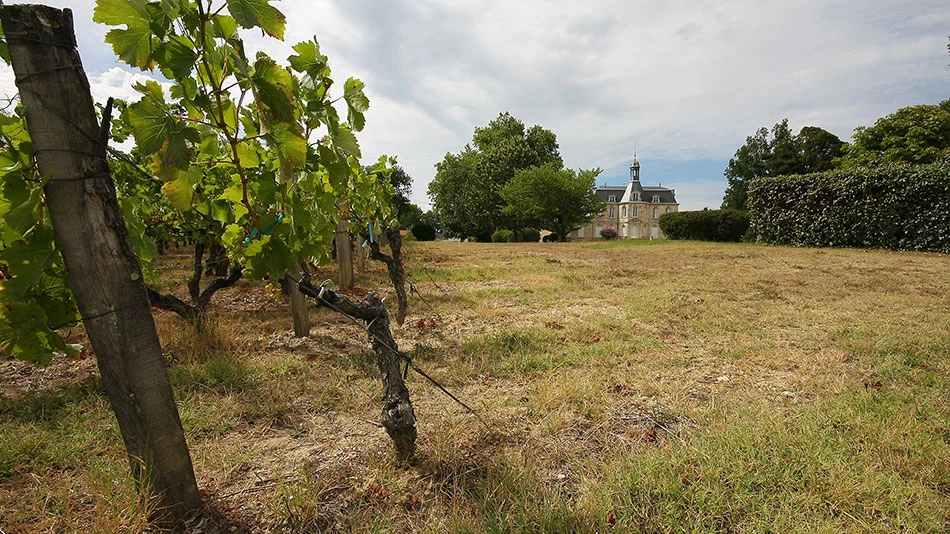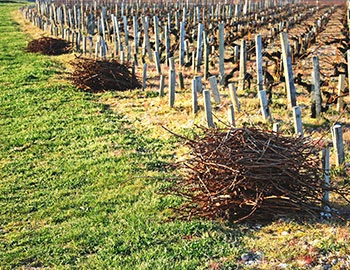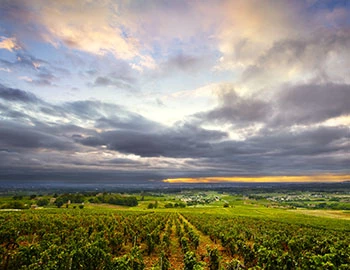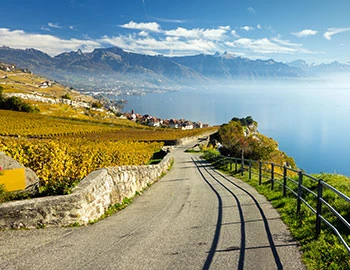Listrac
Listrac-Médoc: special climate, special soils
With a cultivation area of only 650 hectares, Listrac is the second-smallest commune appellation in the Médoc, and its wines have a distinctively unique character, with a robust, vigorous nature. The basis for this rests in the special terroir of this appellation. Listrac is also the only appellation in the Médoc where the Merlot variety assumes a defining role. The reputation of the appellation is due in large part to the high quality of the roughly 20 châteaux with cru bourgeois status.
Red wines from Listrac
Just one glance at a map of the Haut-Médoc region is enough to spot the Listrac-Médoc appellation. While more prestigious village appellations here, such as Margaux, Pauillac and Co, directly connect to the Gironde and benefit from the mild river climate, Listrac-Médoc (along with Moulis) lies a few kilometres further west, where the temperature-modulating effects of this body of water are no longer felt. Consequently, the temperature variations here are greater, which, among other things, results in increased risk of frost. At the same time, the somewhat more extreme climate also contributes to the pithier freshness and robust structure of the wines.
The roof of the Médoc
Even more decisive for the individual terroir characters of the wines are the particular soil conditions. While the best crus in the Médoc result from gravelly soils, these gravelly, sandy hilltops are only found in the west and northwest of the Listrac-Médoc appellation. Protrusions in the west reach almost 50 metres in elevation, and are thus the highest in all of the Médoc. For this reason, Lirac is also referred to as the “Roof of the Médoc”. In the vast plain at the centre of the region, sandy soils predominate, with high proportions of calcareous loam. Today, the most-widely planted variety here is Merlot.
Small farm structured
Viticulture in Listrac-Médoc stretches back to the middle ages. But for a long time it played a minor role; cereal grain, livestock and forest agriculture were more important into the 18th century. The entry of the railroad in 1869 gave viticulture an important impetus. Before the phylloxera pandemic, around 1,400 hectares were planted with vines – more than twice as large an area as today. In 1957, Listrac-Médoc finally received the status of a communal appellation, initially simply called Listrac. In order to avoid confusion with the Lirac designation of origin in the Rhône valley, the name was changed to Listrac-Médoc in 1986. Through massive investment in vineyards and wineries, the quality of Listrac wines has significantly improved in recent decades, without losing the region’s small-scale farming structure. The roughly 20 cru bourgeois estates that are based here play the decisive role.





